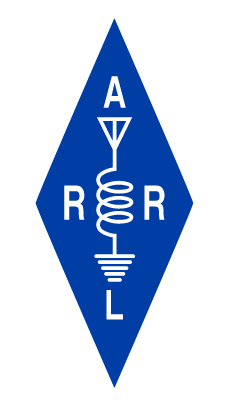We are writing to you on a matter of scientific urgency.
HamSCI stands for Ham Radio Science Citizen Investigation. We have been actively engaged in scientific data collection for both the October 14, 2023, annular solar eclipse and the upcoming April 8, 2024, total eclipse.
Two major activities that HamSCI will be involved around the solar events will be The Solar Eclipse QSO Party (SEQP) and the Gladstone Signal Spotting Challenge (GSSC) which are part of the HamSCI Festivals of Eclipse Ionospheric Science. Other experiments that will also to be conducted include the Time Delay of Arrival (TDOA) experiment, the Very Low Frequency (VLF) Reception Exercise and the Medium Wave Recordings Event. Members of HamSCI, along with the amateur radio community, will be creating data for researchers by transmitting, receiving, and recording signals across the high frequency (HF) spectrum.
We would like to encourage you to cooperate on a joint astronomy/radio outreach event for the upcoming eclipse. The event promises to be one of the science highlights of the decade. Many astronomy clubs are planning to host outreach events in their town or near the centerline of totality. However, seeing the eclipse visually might be clouded out by unpredictable April weather.
But terrestrial weather is not space weather. At radio frequencies. amateur radio operators can still bounce their signals off the ionosphere high above the clouds to communicate with other hams hundreds or thousands of miles away. It is the Sun’s light which ionizes the upper air and produces the ionosphere, so during a solar eclipse the ionization lessens, and the ionosphere gets weaker, and its bottom level gets higher. This change can be observed with amateur radio equipment. At high frequencies a distant bounced signal fades, but at very low frequencies it strengthens as an absorbing layer weakens. With specialized equipment (go to www.hamsci.org/eclipse) you can even observe the changing Doppler shift as the bounce altitude recedes skyward then returns toward the ground as the Moon passes off the face of the Sun using the Grape 1 personal space weather system equipment).
For ideas on eclipse activities visit the NASA/Arizona State University (https://scope.asu.edu/eclipse-activities/) and also the HamSCI (hamsci.org/eclipse) websites where you will be encouraged to join the solar eclipse QSO party (SEQP).
Please let us know if you need any help. We hope you have a great eclipse experience and can send us a photo or a short report after the event.
Best Regards,
Ed Efchak WX2R (wx2r@arrl.net) and/or Mary Lou West KC2NMC (westm@mail.montclair.edu).
